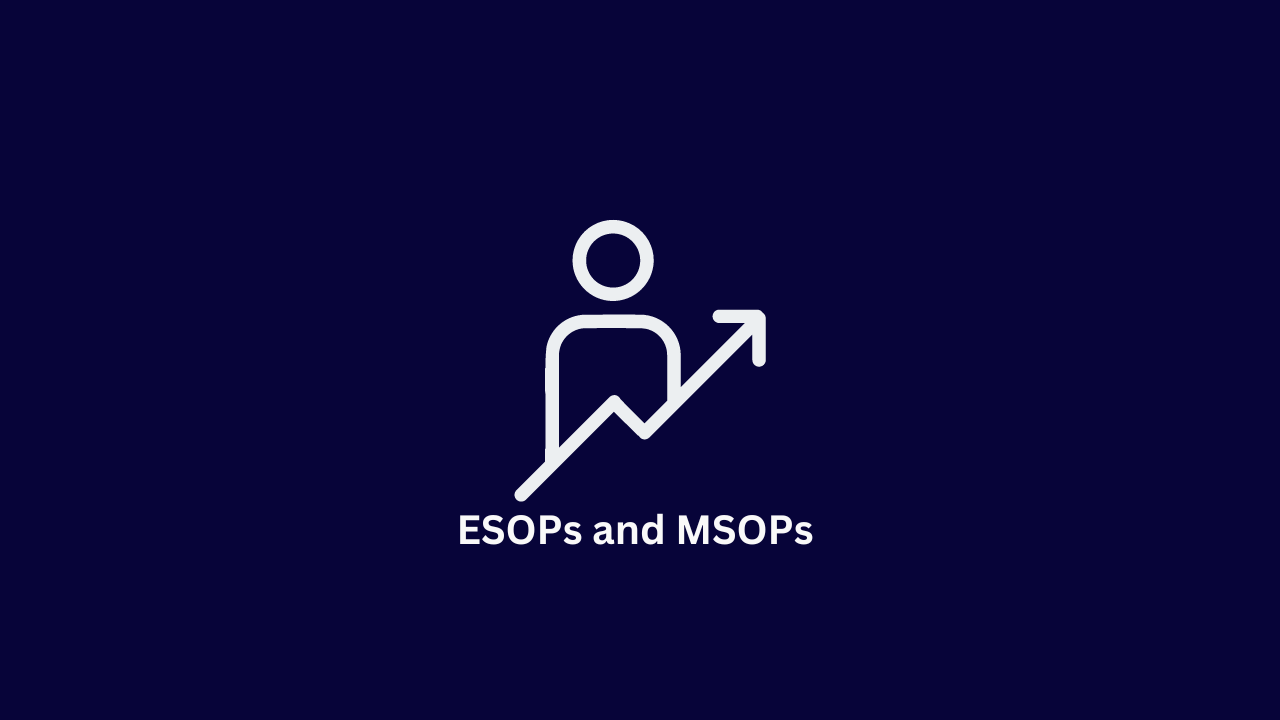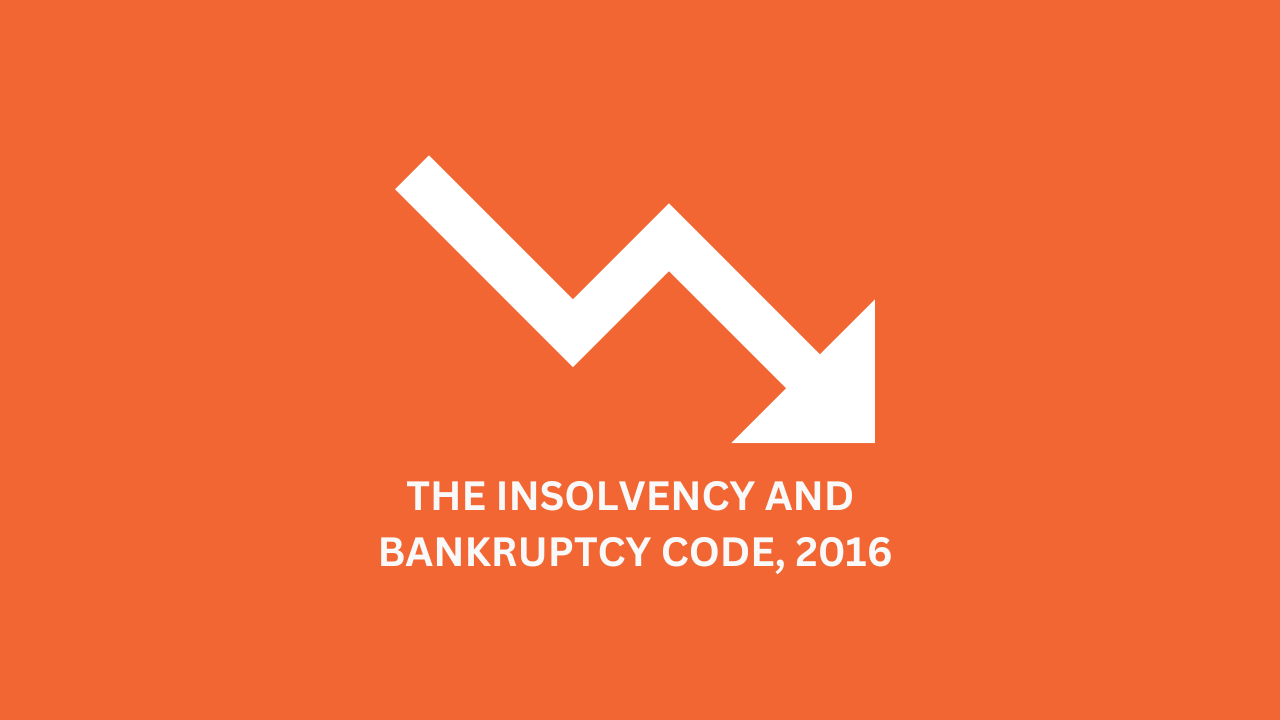
Merger and acquisition (M&A) activities are pivotal strategies companies employ to consolidate resources, expand market presence, and achieve growth objectives. In essence, mergers involve the combination of two or more companies to form a single entity. At the same time, acquisitions entail one company acquiring another, often resulting in the absorption of the target company into the acquiring entity.
These strategic manoeuvres are driven by various motives, including gaining access to new markets, diversifying product portfolios, achieving economies of scale, and enhancing competitiveness. M&A transactions can take diverse forms, ranging from friendly negotiations to hostile takeovers, each with its own set of implications for stakeholders, including shareholders, employees, customers, and regulators.
The merging of businesses or their primary business assets through financial transactions between businesses is referred to as mergers and acquisitions (M&A). A business can make a tender offer for another company’s stock, conduct a hostile takeover, buy the other business altogether, combine with it to form a new business or obtain some or all of its significant assets. They’re all M&A-related.
The divisions of financial institutions that engage in this kind of business are also referred to by the name M&A.
When two businesses merge, their boards of directors authorise the union and ask the shareholders for their consent. For instance, in 1998, the Digital Equipment Corporation and Compaq entered into a merger agreement wherein Compaq acquired the Digital Equipment Corporation. Later, in 2002, Compaq and Hewlett-Packard combined. CPQ was Compaq’s pre-merger ticker symbol. The present ticker symbol (HPQ) was created by combining this with the Hewlett-Packard ticker sign (HWP).
In a straightforward acquisition, the acquiring business buys the bulk of the acquired company, which keeps its original name and organisational structure. The 2004 acquisition of John Hancock Financial Services by Manulife Financial Corporation, in which both businesses kept their names and organisational structures, is an illustration of this kind of deal. Six By using a whitewash resolution, the target company may demand that the purchasers guarantee that the target business will continue to operate profitably for a certain amount of time following acquisition.
By merging key operations and doing away with outdated corporate frameworks, consolidation results in the creation of a new corporation. Following their acceptance, shareholders of both firms will get common equity shares in the combined company. The consolidation requires their permission. For instance, the 1998 announcement of a merger between Citicorp and Travellers Insurance Group led to the creation of Citigroup.
In a tender offer, one business proposes to pay a certain amount instead of the going rate for the other business’s outstanding stock. By passing the management and board of directors, the purchasing business makes the offer directly known to the other company’s shareholders. For instance, Johnson & Johnson submitted a $438 million tender offer to purchase Omrix Biopharmaceuticals in 2008. By the end of December 2008, the agreement had been finalised when the company accepted the tender offer.
An asset acquisition occurs when a business directly buys the assets of another business. The shareholders of the company whose assets are being acquired must provide their permission. During bankruptcy procedures, it is common for other companies to bid for different assets of the insolvent company. The bankrupt company is then liquidated upon the ultimate transfer of assets to the purchasing firms.
In a management acquisition, which is often referred to as a management-led buyout (MBO), the executives of one firm acquire a majority stake in another, therefore bringing it private. In an attempt to assist with financing a transaction, these former CEOs frequently collaborate with financiers or former corporate officers. These M&A deals usually require the approval of the majority of shareholders and are financed mostly through debt. For instance, Dell Corporation declared in 2013 that its founder, Michael Dell, had purchased the company.
A horizontal merger occurs when two businesses that may or may not be direct competitors but operate in related industries combine.
Along its supply chain, a corporation may merge vertically with a supplier or a consumer. The corporation wants to strengthen its position in the market by moving up or down the supply chain.
This kind of deal is typically made between businesses in unrelated industries and is done for diversification purposes.
In conclusion, merger and acquisition activities represent dynamic strategies utilized by businesses to navigate the complexities of the modern marketplace. With the potential to reshape industries, spur innovation, and drive value creation, M&A transactions hold significant implications for all stakeholders involved.
However, the success of these endeavours hinges on meticulous planning, diligent execution, and a keen understanding of both the strategic and operational intricacies involved. As companies continue to pursue growth and adaptation in an ever-evolving business environment, the strategic use of mergers and acquisitions will remain a fundamental tool for achieving competitive advantage and sustainable success.
By embracing the opportunities presented by M&A transactions while mitigating associated risks, organizations can position themselves to thrive amidst changing market dynamics and emerge stronger in the pursuit of their strategic objectives.








